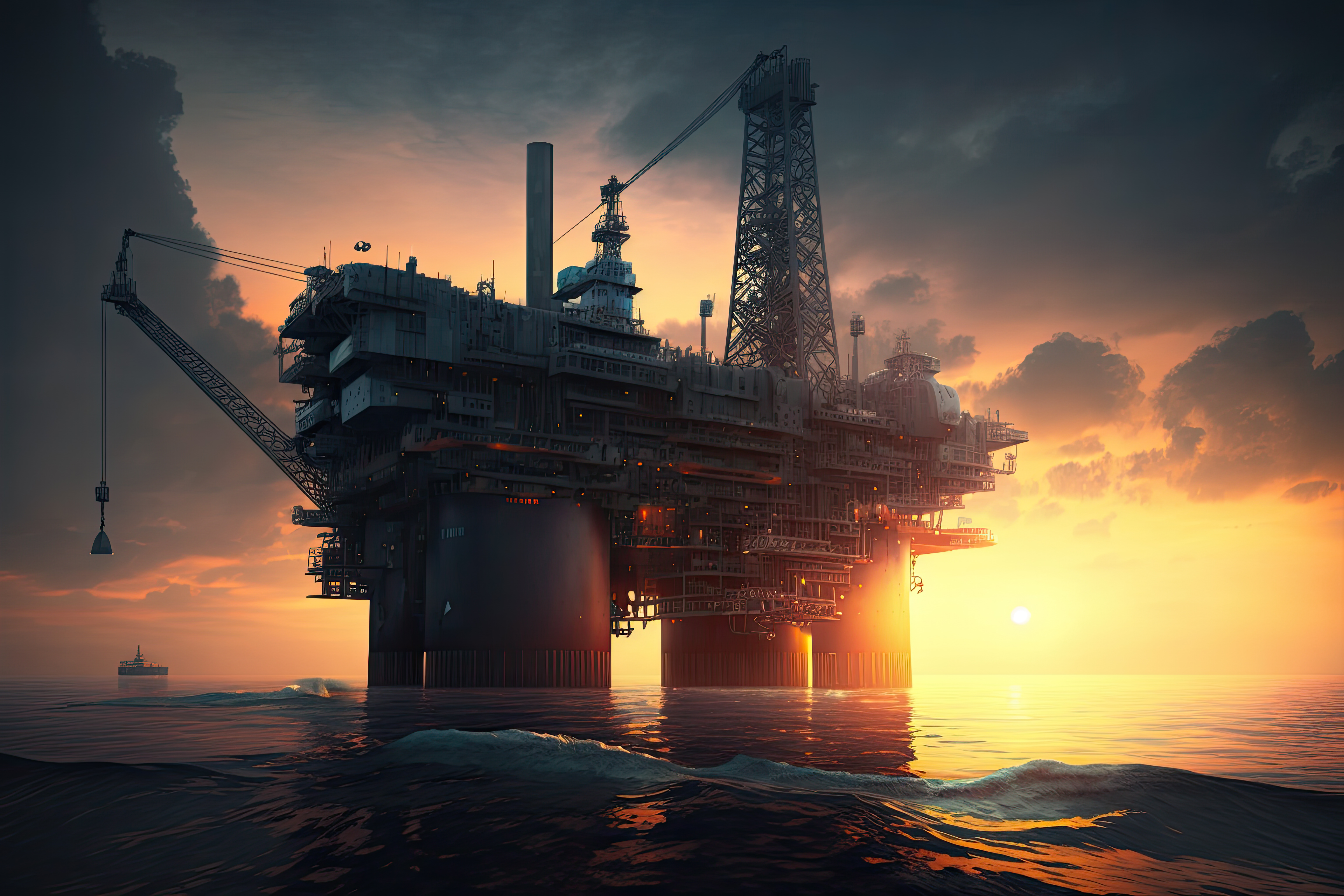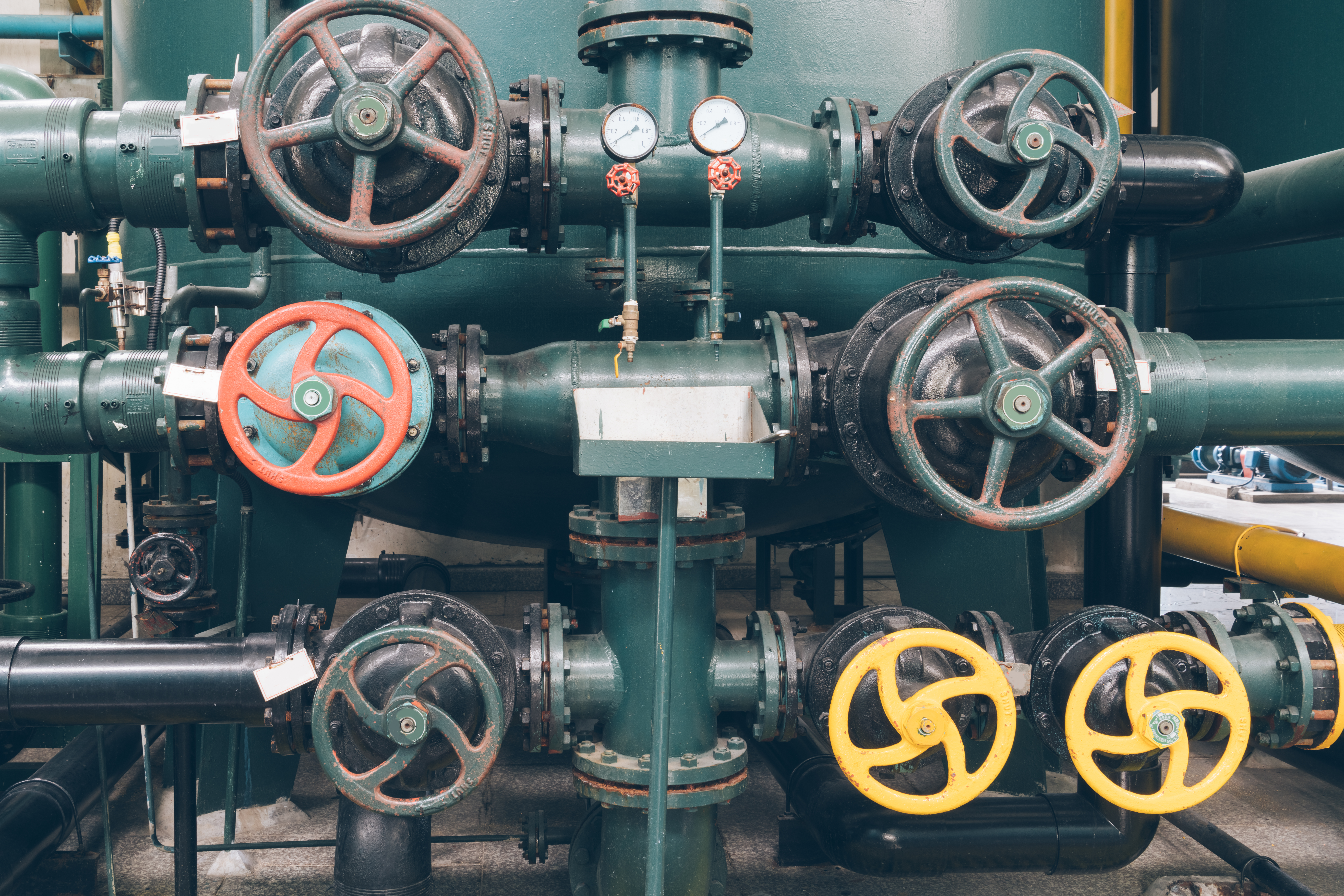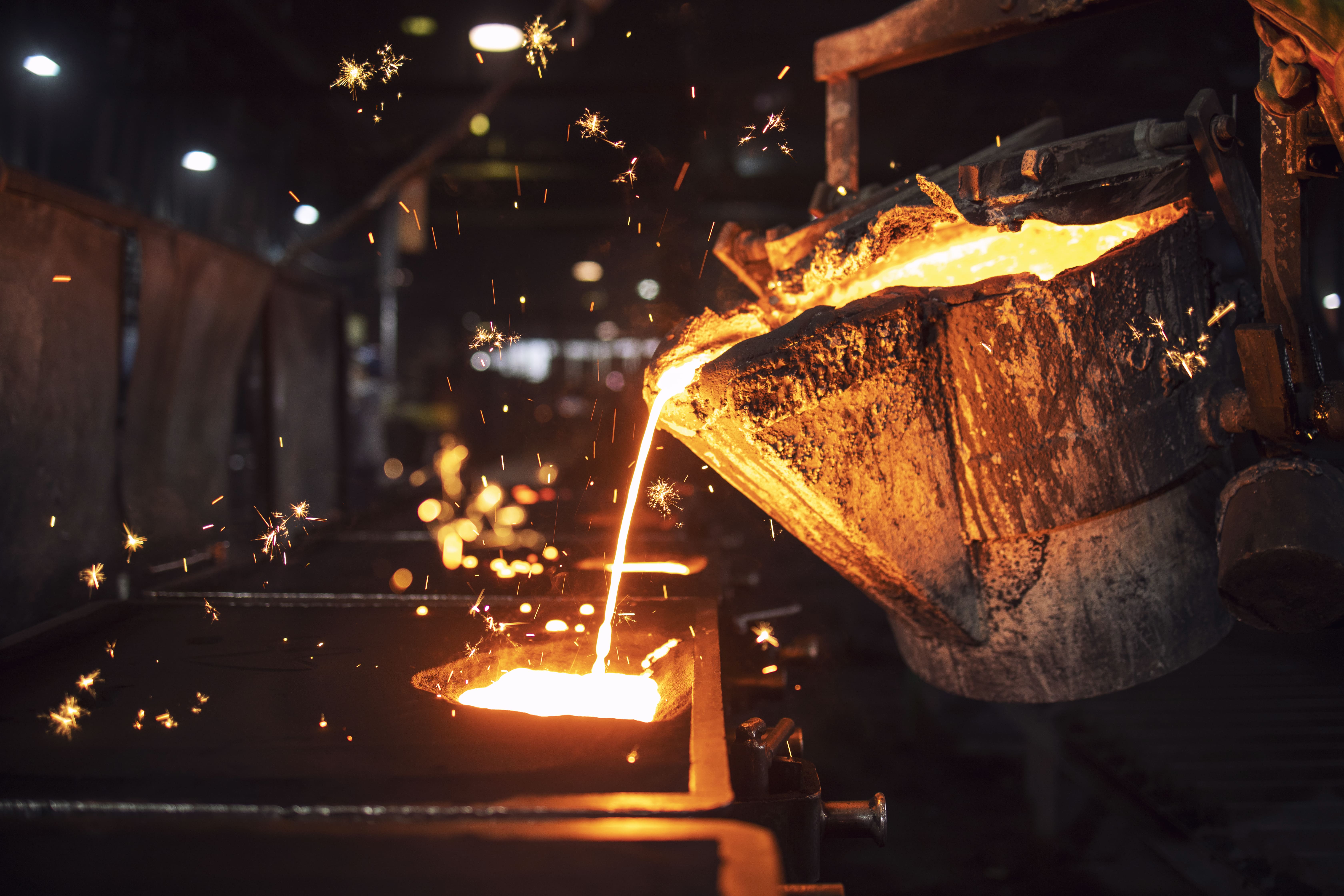High-Quality Castings For The Oil And Gas Industry

High-Quality Castings For The Oil And Gas Industry
- Commercial
- September 07, 2025
What “High-Quality” Really Means in Oil & Gas Castings
It’s not just about clean finishes or perfect dimensions. High-quality castings perform consistently under some of the harshest conditions on Earth.
We’re talking about:
- Handling extreme pressures (thousands of PSI) without breaking a sweat
- Resisting corrosion in salty, sour, or chemically aggressive environments
- Withstanding wild temperature swings and thermal stress without cracking
That level of performance doesn’t happen by luck. It comes from smart alloy choices, clean melting practices, precise heat treatment, and obsessive quality control.
It doesn’t take much. A tiny pore, a hairline crack, or a barely-there misalignment can set off a chain of issues you don’t want to deal with. And in this line of work, failures don’t happen in labs. They happen in the field. Often far away from help.
Why Generic or Low-Cost Castings Don’t Cut It
Sure, you can find castings that are cheaper. You might even get them delivered fast. But there’s a cost that doesn’t show up on the invoice.
A low-cost casting might:
- Crack under thermal stress
- Erode faster in corrosive flow
- Built to a spec that’s “technically correct,” but not field-proven
And here’s the thing: fixing a problem out in the field costs a whole lot more than doing it right from the start.
Nobody wants to fly a crew out to a platform just to replace a leaking valve housing because someone saved a few bucks on casting quality.
Tailored Casting Solutions: Because One Size Doesn’t Fit All
Every oil and gas project is different. Onshore in the Texas heat? Offshore in the North Sea? Midstream infrastructure cutting through the desert? Each environment brings its own set of challenges, and your castings need to reflect that.
That’s why high-quality castings aren’t just “good metal.” They’re the result of collaboration between engineering, metallurgy, and manufacturing, a custom fit for a specific job.
Some of the best casting solutions we’ve seen (and quietly worked on) were born from asking: What’s the real-world challenge here?
You can’t solve problems you don’t understand. That’s where experience makes a real difference.
The Foundry Behind the Casting Matters More Than You Think
If you’ve ever had to chase down missing specs, unclear documentation, or inconsistent batch quality, you know this already: not all foundries are created equal.
A good foundry doesn’t just pour metal and call it a day. It carefully balances the chemistry, checks every detail, and takes full responsibility for every casting that walks out the door.
At ETC Foundry, for example, we’ve spent years refining how we approach steel castings for oil and gas. Not by chasing volume, but by obsessing over consistency, durability, and quiet reliability. Our clients don’t want drama; they want things to work. So do we.
What Reliable Casting Partnerships Actually Look Like
Buying castings shouldn’t feel like a gamble. You shouldn’t have to cross your fingers and hope they pass inspection. What really matters in this industry is simple:
- Clear specs and honest communication
- Processes you can trace and results you can count on
- And people who actually answer the phone when something goes wrong
A strong foundry partner takes the guesswork out of the equation. Fewer surprises. Faster fixes. And real confidence that your supply chain won’t leave you hanging.
We’ve seen how much smoother things run when engineers and procurement teams trust their casting supplier to quietly get it right.
Certifications and Testing: The Quiet Heroes Behind Every Trusted Casting
Nobody brags about testing reports. But in oil and gas, they matter more than any shiny brochure.
Third-party inspections, radiographic testing, ultrasonic scans, and destructive testing that’s how we confirm that what’s inside the casting is as solid as the outside.
Certifications like ISO 9001 or API specs aren’t just about compliance either. They’re proof that a foundry understands process control.
And here’s the thing: experienced foundries welcome this kind of scrutiny. Because they’ve built systems to pass it.
If your casting supplier shies away from documentation, traceability, or thorough testing, it’s worth asking why. In this industry, “just trust us” doesn’t cut it.
The Real Value of Doing It Right the First Time
It’s easy to cut corners, especially when budgets are tight and deadlines are breathing down your neck. The pressure to deliver quickly can make long-term thinking feel like a luxury.
But in the oil and gas world, shaving costs on castings often comes back to bite you. What looks like a smart shortcut today can turn into a costly problem down the line.
We’ve seen it happen more than once, a casting that looked “fine” on paper but failed under real-world conditions.
The best operations, the ones that stay efficient, safe, and profitable, treat castings not as commodities but as critical components. They partner with people who take it seriously.
So, if it needs to last, if it needs to work, then you need to start with the right casting, whether you’re drilling, refining, or transporting.
Some of us are built to help with exactly that.
FAQs on Casting for the Oil and Gas Industry
We will be answering a few important questions in this section about this industry.
What types of castings are used in oil and gas?
Everything from valve bodies and pump housings to pressure control equipment and structural supports. Steel castings are especially valued for their strength and durability under stress.
How long do high-quality castings last in the field?
With the right material and processing, castings can last decades, even in harsh conditions. The key is matching the casting to the environment from the start.
Can castings be customized for extreme environments?
Absolutely. That’s often where the best foundries shine: selecting the right alloy, adjusting the design, and fine-tuning the process to meet unique operational demands.
Wrap Up
In oil and gas, the parts you don’t notice are usually the ones doing the hardest work. The stakes are high, the conditions are tough, and the margin for error is razor-thin. That’s when the right casting partner quietly makes life easier.
And behind every good casting? A foundry that takes its job seriously. They catch issues early. They deliver what you actually need.
And if you’re looking for that kind of support? You already know what to do next.



Share This News